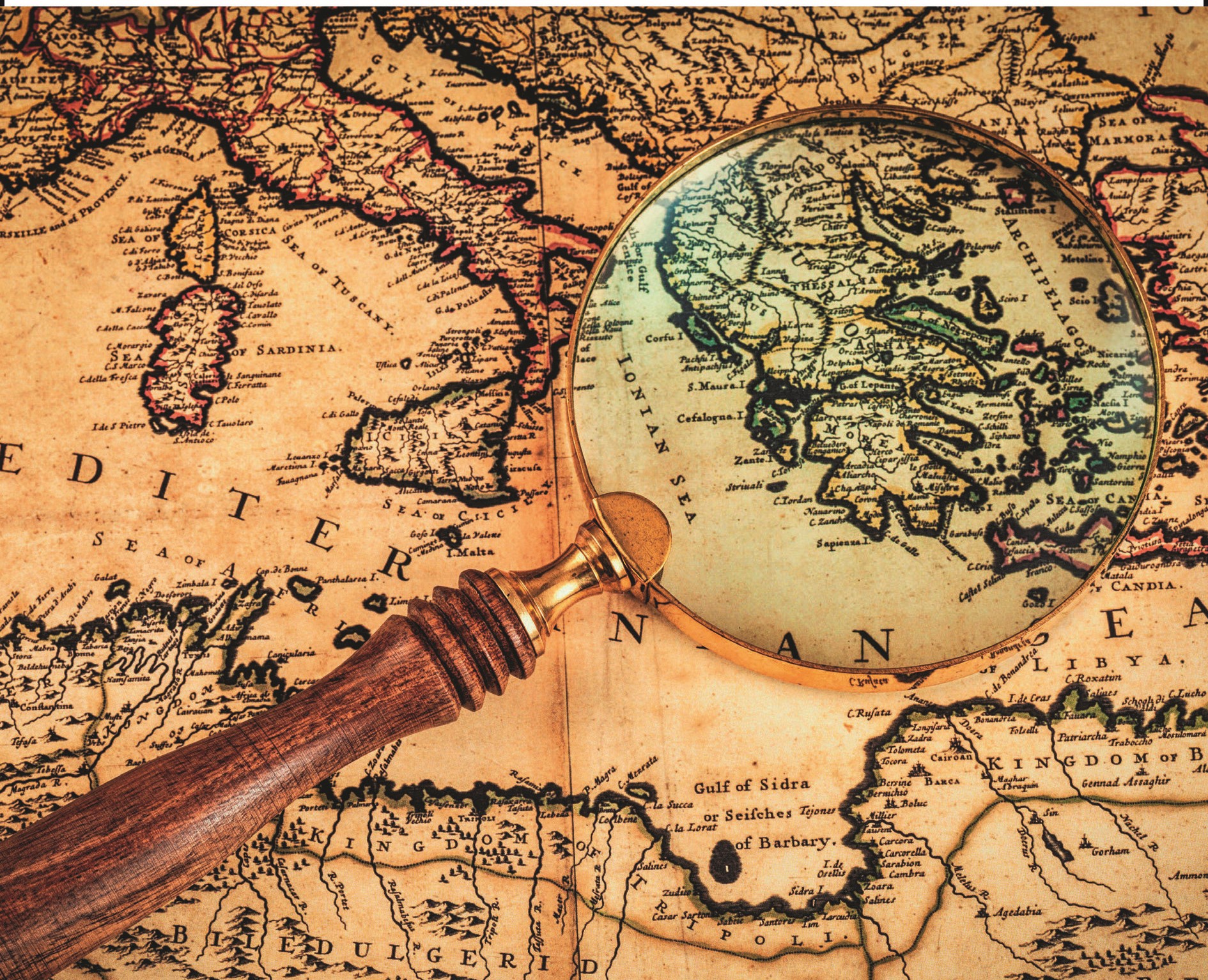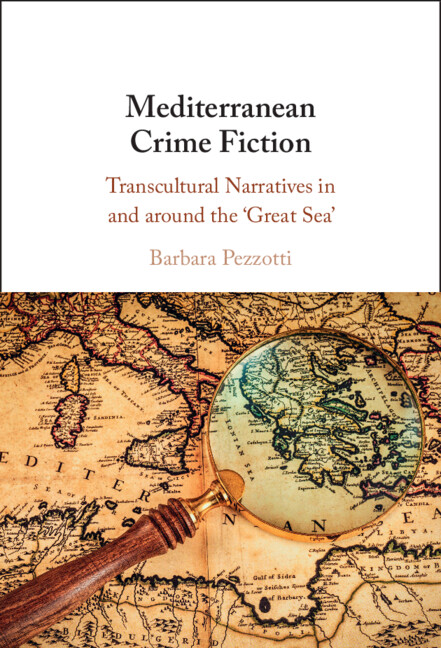
My passion for crime fiction started very early, thanks to my aunt Andreina who was an avid reader of the genre. She had an extensive collection of “Gialli Mondadori”, a crime series published by the Milanese publisher Mondadori that sports a distinctive yellow book cover (hence the name “gialli” which, in Italian, means yellow). Since the late 1920s, the “Gialli Mondadori” series has published crime novels both in Italian and in translation. Thanks to the eclectic choices of the series editors, I was exposed not only to Italian crime fiction, but also to British, American, French, German and Japanese crime fiction, among other national traditions. From an early age, for me, crime fiction was a truly multinational genre. I was therefore surprised when, after moving to New Zealand and deciding to research crime fiction at the academic level a couple of decades later, I found that the majority of crime fiction scholarship in English focused on the Anglo-American tradition of crime fiction. In other words, when discussing the figure of the detective, or the crime fiction plot, or, again, the role of women in crime fiction, these books – which are still the points of reference for crime fiction scholars today – almost exclusively drew examples from either British or American crime fiction: Conan Doyle, Agatha Christies and Dorothy Sayers on one shore of the Atlantic Ocean, and Dashiell Hammett and Raymond Chandler on the other. Apart from occasional forays into the French noir, and only very recently, to the highly successful Nordic noir, even for new volumes, crime fiction is almost invariably a synonym of Anglo-American crime novels. This discovery was very frustrating because I felt that, in spite of the obvious and invaluable contribution that American and British crime writers gave to the genre, a vast output of engaging and often innovative crime stories that happened to be written in Italian, French, Spanish, Arabic or Greek (even if they had been translated into English) were ignored in these academic works which only provided a partial overview of the genre and its development throughout the decades. Additionally, the very few scholarships on French, Italian, Spanish or Moroccan crime fiction tended to see crime fiction as a national phenomenon, mainly in relation with the English and American tradition, and not with other European or Mediterranean traditions.
Thinking about what was “lost in scholarship”, I realised that several crime stories that came into my mind were from Mediterranean countries. I also realised that in recent years I had in fact read a lot of crime fiction set around the shores of the Mediterranean Sea. The same way the Mediterranean countries that I have visited felt “familiar” spaces, and Mediterranean food pleased my palate, I devoured Mediterranean crime fiction. I was not alone: originally written in Italian, French, Greek or Turkish many Mediterranean crime novels were easily available in the Continental European market in translation. Works not translated into English were available in many other European languages and were very successful in the non-English international market. Italian, Spanish, French and Greek crime writers were inspired by one another and discussed the role of crime fiction in contemporary society in crime fiction festivals. It was about this time that the term “Mediterranean noir” started appearing in newspaper and magazine articles as a generic label for all Southern European crime fiction, and a new trend in scholarship, which looks at the genre as “world literature” (King 2014, 8-19), emerged.
It was both my frustration with the still dominant Anglo-oriented crime fiction scholarship and my interest in the Mediterranean output that spurred me to write about Mediterranean crime fiction. My project intended to overcome a national focus on crime fiction by looking at notable works of, for example, French, Italian or Algerian crime fiction, and finding out the ways in which their preoccupations with national particularities “speak” to a larger set of Mediterranean concerns and contribute to crime fiction at large. My aim was also to demonstrate that Mediterranean crime fiction, traditionally considered a “peripheral” and derivative output, gives an original contribution to crime fiction at large in terms of deconstruction of national hegemonic cultures, and its focus on multi-layered identities, transculturality, and environmental sensibilities.
The result of my passion and efforts is now Mediterranean Crime Fiction: Transcultural Narrative in and around the “Great Sea”. In the context of crime fiction as “world literature”, one may wonder about the validity of taking a step back and studying regional crime fiction. Yet, regional contexts can be considered as a necessary step to fulfil the ambitious plan of creating a world-wide perspective of crime fiction. In my research I took on board Debjany Ganguly’s suggestion of conceiving literature as composed of ‘several polysystems within a planetary literary space’ (2021, p. 15). I am convinced that a regional approach can provide a counterbalancing approach that, for the relatively limited dimension of the region as opposed to the global, is still able to give ‘close attention to particular languages and specific texts’, while at the same time providing “peripheral literature” with more critical mass and cultural power (Damrosch, p. 519).
By giving crime fiction a regional dimension, my book problematises the traditional postcolonial framework of centre and periphery by proposing a literary map of crime fiction that overcomes the hegemonic imbalance of (cultural) power in the world by analysing and comparing Western European, Northern African and Eastern Mediterranean crime fiction as part of a common tradition, and more importantly, by giving each component equal weight and significance. My book also suggests a classification of Mediterranean crime fiction based on common themes grounded in Mediterranean history and culture and, as French writer Jean Claude Izzo put it, with a focus on unity in response to conflict (2013, p. 45). What fascinates me about crime fiction is that, by celebrating the liminality of the detective and transcultural spaces in the Mediterranean city, it argues for crime fiction as a space for promoting transculturality and reveals the Mediterranean as an exemplary space of such transcultural exchange. The celebration of peaceful coexistence and transculturality are powerful antidotes to the current rhetoric of exclusion in a political context in Europe and elsewhere marked by stasis, borders and exclusion. The world needs Mediterranean crime fiction.

Latest Comments
Have your say!